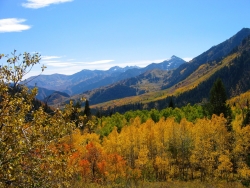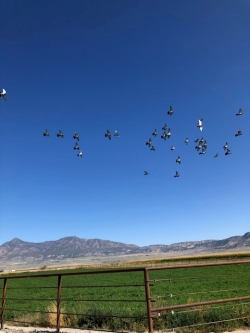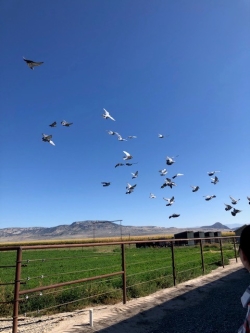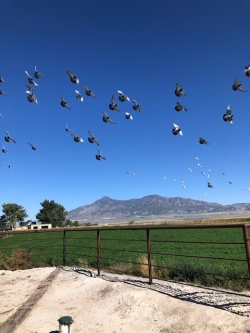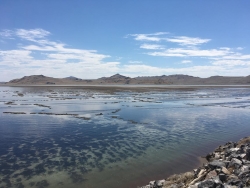
Courtesy Pixabay
When I lived in California, sea otters were a beloved, but fairly common sighting. I knew exactly where I could paddle my kayak to watch them floating on their backs, breaking open whatever mollusk they had plucked from the ocean floor to eat. I delighted in seeing them each time. But I took the fact that I could see them easily, for granted. We humans do that, I think. The things that we see often in our daily lives melt into the backdrop of the everyday, and can even cease to excite us.
When I first came to Utah, I put the notion of otters out of my mind. The first time someone mentioned river otters existing in this dry place with its hot summers and snow-filled winters, I think I may have laughed in their face. And then I whipped out my phone, and sought insights from the all-knowing Google “River otters in Utah?”. Once I knew that the freshwater cousins of the beloved marine mammals from home existed here, I desperately wanted to see them. That’s another thing I think most of us do. We accept truths in what we can see, feel, or touch. And if the thing is elusive, we want to see it all the more.
I live in Cache Valley, where the wild world feels much closer than it does in a big city. But I still sometimes feel suffocated by the human world. Concrete is slathered over much of the ground I walk on, and unless I hike deep into the pockets of the canyon, I can usually hear cars, or see folks on trails. It feels like so much of our world is discovered. And in the age of social media, places that were once far off the beaten path, now have well worn, heavily trodden trails sometimes even with lines of people flocking there. But I don’t have to blaze my own trail, or seek out some piece of so-called wilderness to feel wonder at the world around me. I took ocean otters for granted, and was given a chance at redemption with the river otter. I may never see another one again, but I know they’re there, swimming along as I run the river trail.
Despite the fact that 80 million miles of roads twist and turn across our planet. Or that human impacts hit just about everywhere, like the trash in the bottom of the Mariana Trench.,
There are still moments of wonder, where the natural world brings forth a complete surprise, a moment of stillness, some event that pops in unexpectedly as if to whisper “I’m still here!” and “there’s so much you don’t know”. I hope this gives you permission to take a moment and look around, take in all the natural world has to offer. Stop and look at the things your mind has melted into the background.
It doesn’t have to be a river otter, it could be the Sumac tree in your yard turning red. It could be excitement from seeing a new bird on your feeder. It has been raining as I write this. I’m going to go sit and listen to it.
I’m Ellis Juhlin, and I’m Wild About Utah
Credits:
Images: Courtesy Pixabay, https://pixabay.com/photos/otter-animal-close-up-portrait-275962/
Sound: Courtesy & Copyright Friend Weller, Utah Public Radio
Text: Ellis Juhlin, USU Department of Biology, Utah State University
Additional Reading: Lyle Bingham, Bridgerland Audubon Society
Additional Reading
Pieces by Ellis Juhlin on Wild About Utah
North American River Otter, Lontra canadensis, The National Wildlife Federation, https://www.nwf.org/Educational-Resources/Wildlife-Guide/Mammals/north-american-river-otter
North American River Otter, Lontra canadensis, National Geographic Photo Ark, https://www.nationalgeographic.com/animals/mammals/facts/north-american-river-otter
Lebing, Karen(Photographer), River Otters at the Pea Island National Wildlife Refuge, US Fish & Wildlife Service, August 1, 2019 https://www.fws.gov/ncgatewayvc/news/2019%20news/8-1-2019-Northamericanriverotter.html
Yellowstone River Otters, Courtesy National Geographic Wild:
Anifam (Animal Family) Channel, Sea Otters vs. River Otters: How to Distinguish Them???

